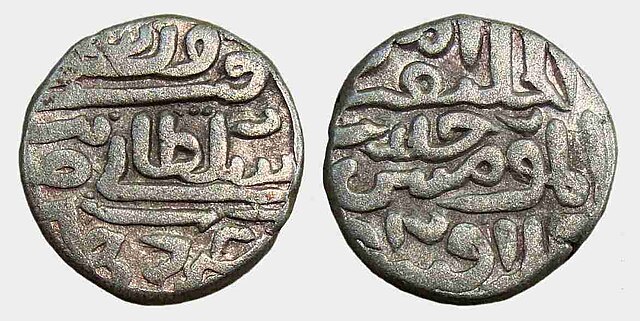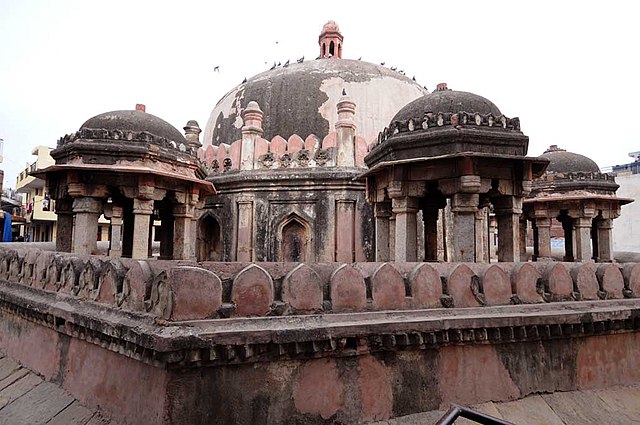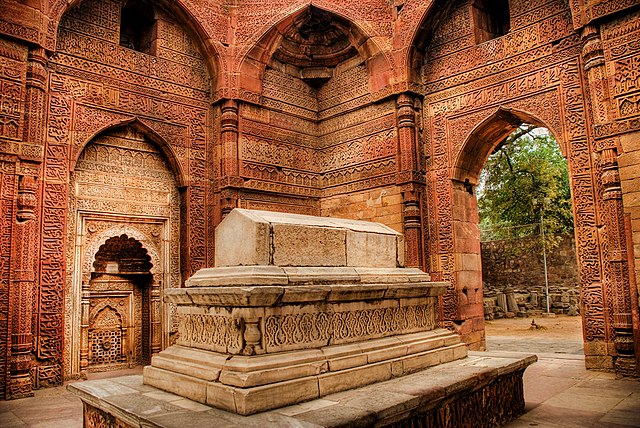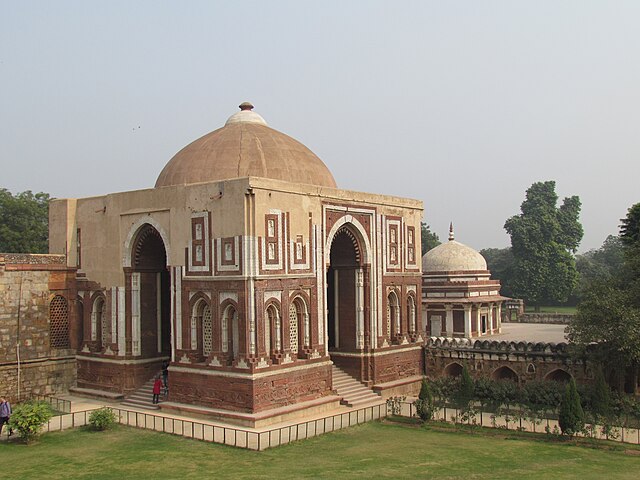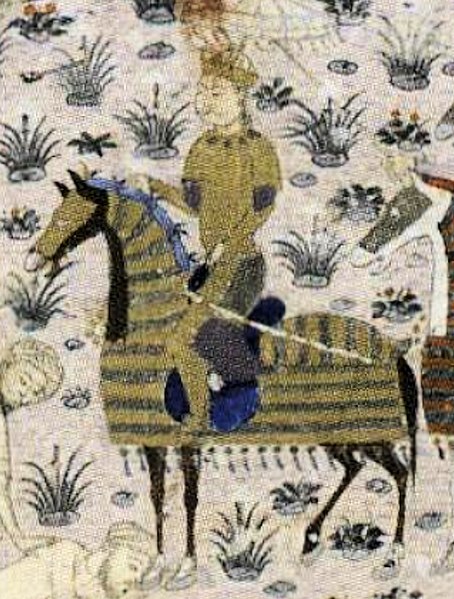The Sayyid dynasty was the fourth dynasty of the Delhi Sultanate, with four rulers ruling from 1414 to 1451 for 37 years. The first ruler of the dynasty, Khizr Khan, who was the Timurid vassal of Multan, conquered Delhi in 1414, while the rulers proclaimed themselves the Sultans of the Delhi Sultanate under Mubarak Shah, which succeeded the Tughlaq dynasty and ruled the Sultanate until they were displaced by the Lodi dynasty in 1451.
The tomb of Muhammad Shah at Lodi Gardens, New Delhi.
Billon Tanka of Khizr Khan in the name of Firoz Shah Tughlaq.
Double falls of Mubarak Shah
Tomb of Mubarak Shah.
The Delhi Sultanate or the Sultanate of Delhi was a late medieval empire primarily based in Delhi that stretched over large parts of the Indian subcontinent, for 320 years (1206–1526). Following the invasion of South Asia by the Ghurid dynasty, five dynasties ruled over the Delhi Sultanate sequentially: the Mamluk dynasty (1206–1290), the Khalji dynasty (1290–1320), the Tughlaq dynasty (1320–1414), the Sayyid dynasty (1414–1451), and the Lodi dynasty (1451–1526). It covered large swaths of territory in modern-day India, Pakistan, and Bangladesh as well as some parts of southern Nepal.
Tomb of Iltutmish (r. 1211–1236) in the Qutub Minar complex.
The Khaljis captured Jaisalmer Fort in Jaisalmer, Rajputana, in 1299.
The Alai Darwaza, completed in 1311 during the Khalji dynasty.
Depiction of Ghiyath al-Din Tughluq, founder of the Tughlaq dynasty, in the Basātin al-uns by Ikhtisān-i Dabir, a member of the Tughluq court and an ambassador to Iran. Ca.1410 Jalayirid copy of 1326 lost original.


